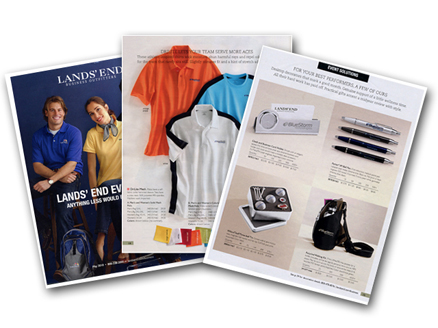 Why these well-known companies are putting more resources into their “most powerful marketing tool.”
Why these well-known companies are putting more resources into their “most powerful marketing tool.”
Catalogs — aren’t they old school? Not a bit. In fact, some companies are staking the bulk of their retail strategy on this thoroughly modern marketing tool.
“Lands’ End Inc. may have a new chief executive waiting in the wings, but the company has laid out a plan to revive slumping sales that relies on a return to its core basics, including a revived commitment to physical catalogs,” reports Tonya Garcia in MarketWatch.
She reports that James Gooch, Lands’ End’s interim co-CEO, told investors on an earnings call in December that “[I]n order to drive improved sales performance, we begin reallocating our marketing dollars back into our most effective media channels, specifically our catalogs and digital media.”
Not only are they upping their budget on catalogs, but they are also aggressively using them to re-engage lapsed customers and drive better conversions, Gooch notes, calling them “the company’s most powerful marketing tool.”
The company is aiming to return to its strengths – catalog sales and a tighter style focus – after a year and a half under more “fashion-forward” leadership.
Other companies have similar thoughts about catalogs, including Restoration Hardware, which is taking a strategy of “building larger stores and mailing bigger books,” says CEO Gary Friedman.
As companies come up for air in the digital swimming pool, they are faced with the reality of growing ad fraud, a huge uptick in ad blocking, and general customer dislike of mobile ads. At the same time, they see a resurgence in print catalogs as purchase drivers and a growing use of catalogs as branding tools.
Surely it’s no surprise that the pendulum continues to swing back to print, as retailers get really good at working with catalogs in new and more robust ways that drive fantastic returns.
Still cataloging like it’s 1999? It’s time to take a good look at the art and science of the modern catalog.

January 5, 2017, 11:15 am
February 3, 2020, 1:36 pm
March 2, 2020, 3:17 pm